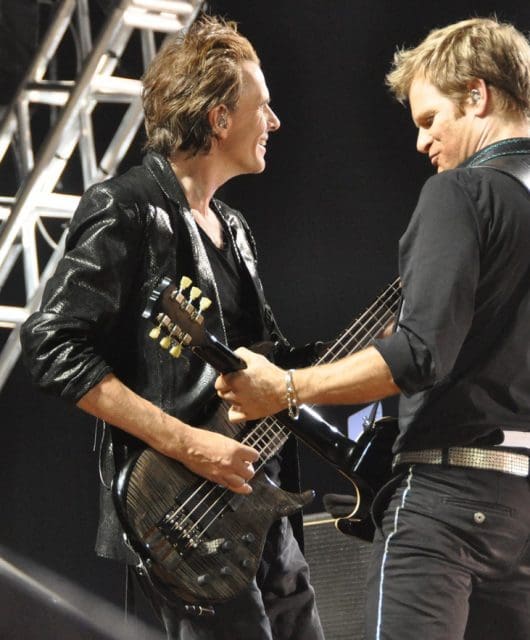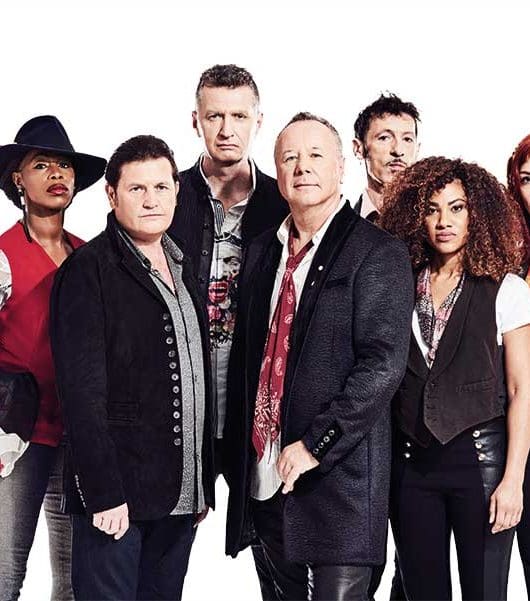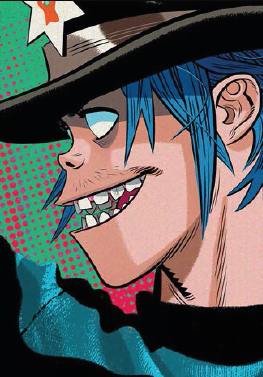Godfathers of Pop – Gary Kemp Interview
By Classic Pop | February 25, 2015
When Spandau Ballet guitarist and songwriter Gary Kemp received the Ivor Novello award for Outstanding Song Collection in 2012, it was overdue recognition for a stream of words and music that have soundtracked an entire generation.

True and Gold have become pop standards (the latter was used regularly by the BBC during the London Olympics), while To Cut A Long Story Short, Highly Strung and Through The Barricades represent the tip of an iceberg that spans seven studio albums and three decades.
Hi Gary! How did it feel to receive the Ivor Novello award?
It’s the greatest honour a songwriter can have. The Ivor Novellos are like the Oscars of songwriting, and I’ve waited 30-odd years to get my hands on one. I was always the bridesmaid back in the Eighties, being up against the likes of Sting and The Police, so I always just missed out on getting one. This award is for the whole song collection, so it’s a real honour for me to get it, especially as it’s voted for by other songwriters.
When you hear those old Spandau Ballet hits, what goes through your mind?
I always think of my band on stage, playing the songs, rather than recording them in a studio. We went out on the road again a couple of years ago and it was a great experience.
How do you feel about the quality of Eighties music, three decades on?
There was some fantastic British music in the Eighties – music with great videos and great looks – and it attacked the media very successfully. Some of the songs from those days made a really big impression on people, which is why you still hear them being played today.
You’ve written for other people besides Spandau Ballet, but is there anyone you haven’t written for that you’d really like to?
I don’t really work like that. Tony Hadley is the person I like writing for. He’s always sung my songs absolutely brilliantly, so I like ringing him up and saying, “I’ve got a new song for you.”
Was David Bowie’s Ziggy Stardust an inspiration to you?
It was a great art piece, this character he created in 1972, and when I saw him on Top Of The Pops, I bought it. It was the start of a new decade and, because it rejected the long hair and denim of the Sixties, it felt like something that belonged to us.
It reverberated into punk, with Johnny Rotten having the same haircut, and then again through what we were doing with the New Romantic movement in the early Eighties. I suppose watching Starman on Top Of The Pops was that “Eureka!” moment when I knew that music was for me.
SpandauBallet.com






